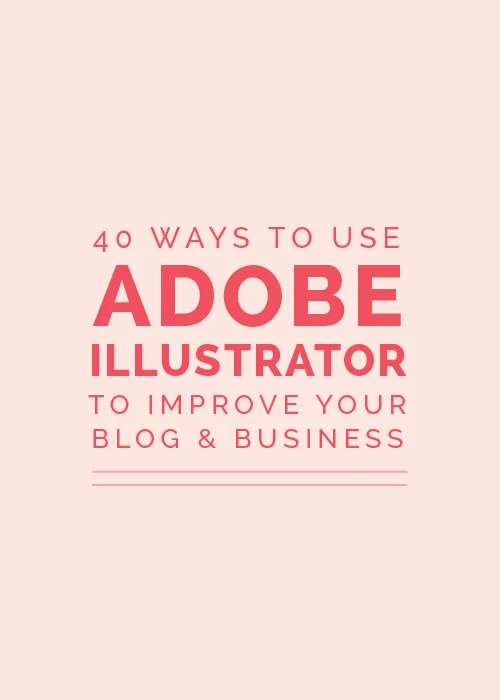Suzie reached out to you in a panic on Monday.
She needed her new website up and running yesterday, and she’s hoping you’ll take her project on right away.
Being the nice person that you are, you agree. You set up a general timeframe and hit the ground running.
But it isn’t long before Suzie starts running the show. She’s unhappy with the concepts you’ve shared with her and although you agreed to a few revisions at the outset of the project, you’ve made exceptions to keep her happy.
Not only is this situation frustrating, but it’s put you behind on your other client projects. Stress creeps in. Both you and Suzie are irritated with the process, and you can’t wait for the project to end.
If this situation becomes a trend in your service-based business, you won’t last long.
But here’s the good news: This awful situation could’ve been prevented.
The most common question I receive about my 2-week design process is, by far, “How do you ensure that clients stick to your project schedule?”
The simple answer? Setting boundaries and managing expectations.
But here’s a more detailed explanation of what that looks like from start to finish in my client process.











